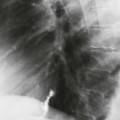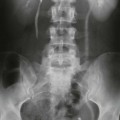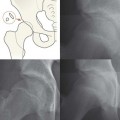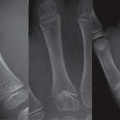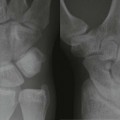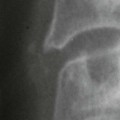All glass is radio-opaque. Visibility of glass is not dependent on its lead content1,2. The radiographic density of the different types of glass does vary. Imaging technique is important. A soft tissue exposure is essential. Zooming on a digital image is often necessary, otherwise very small fragments are easily overlooked. Most metals are radio-opaque. A notable exception is aluminium. Only occasionally will wood be visualised3–5. A splinter might be well defined on a radiograph if the fragment has paint on its surface. Why is wood almost non-opaque on a radiograph? In clinical practice it is best to assume that all splinters, thorns, and fragments of plastic will be non-opaque on a radiograph.
Penetrating foreign bodies
Appearances on plain radiographs
Glass
Metal
Wood or plastic
![]()
Stay updated, free articles. Join our Telegram channel

Full access? Get Clinical Tree


Penetrating foreign bodies
20

